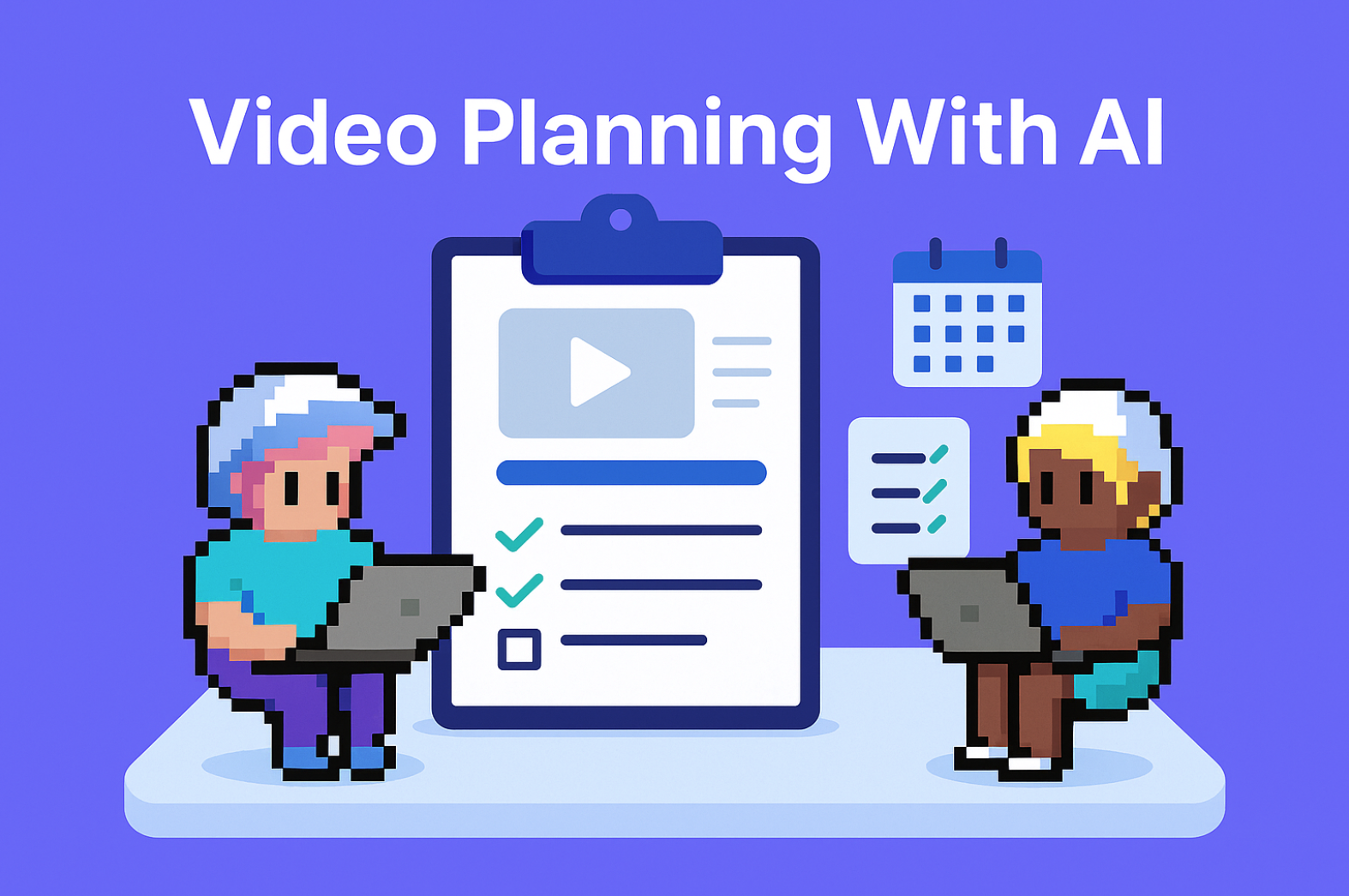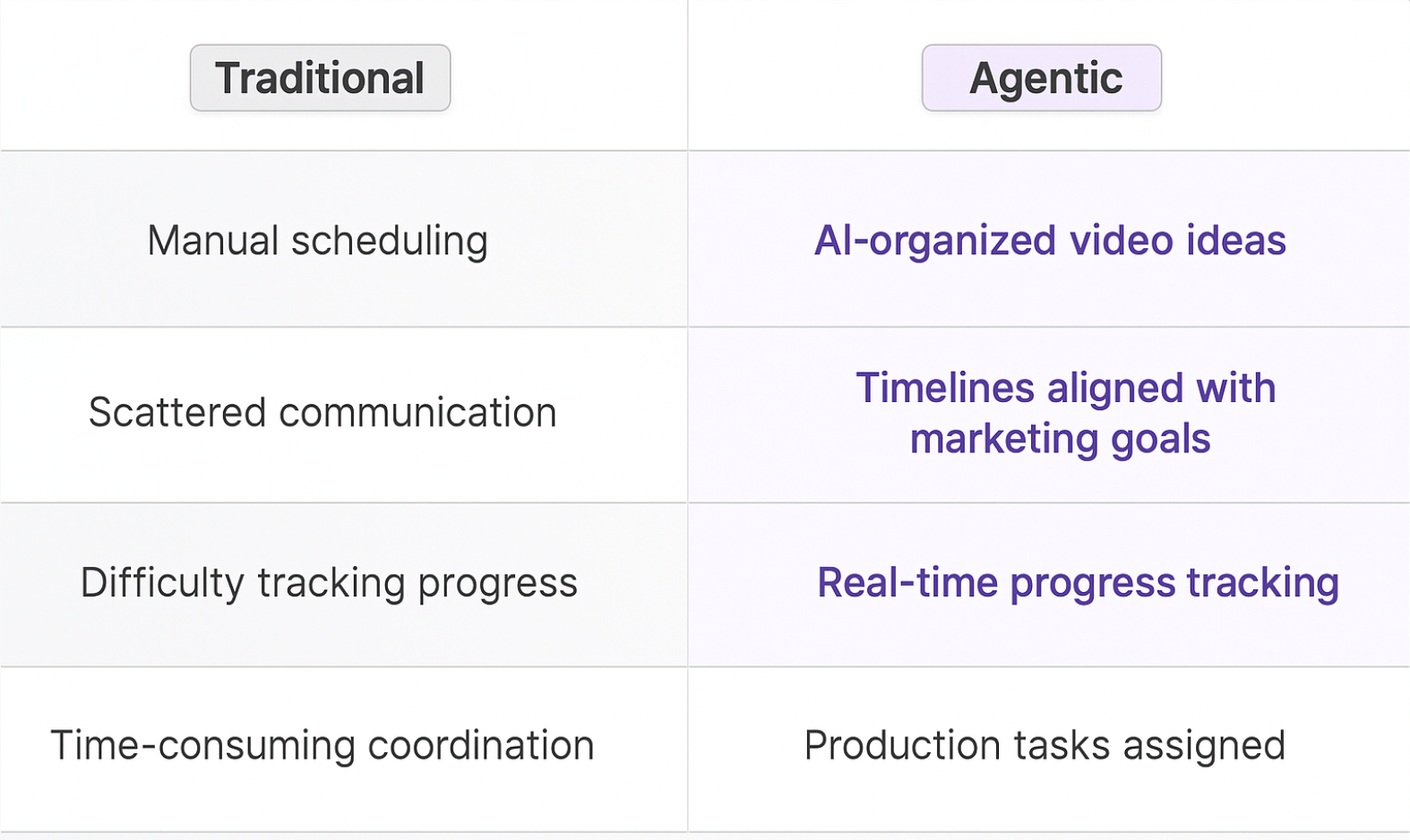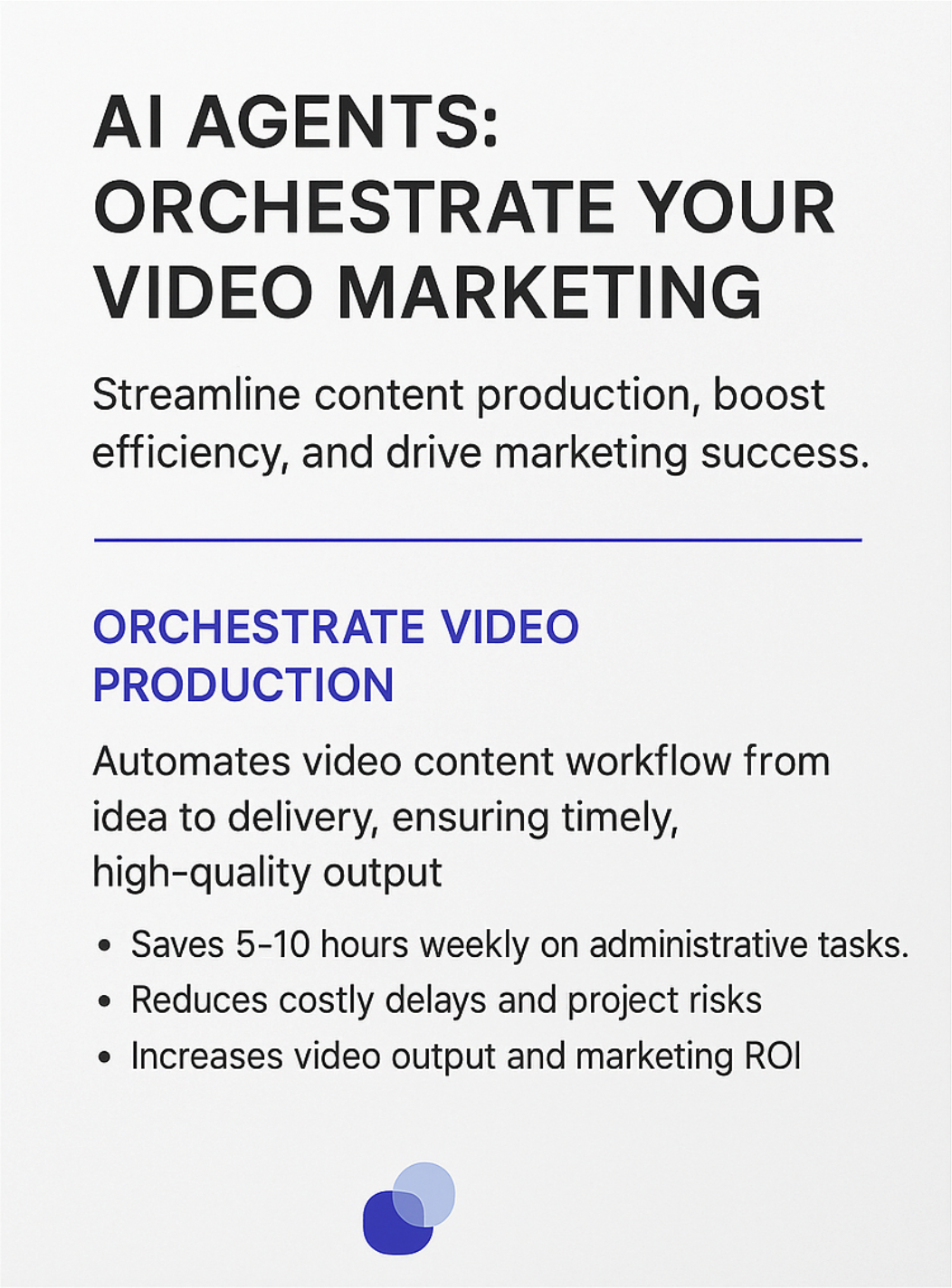
AI-powered meeting planner agents are revolutionizing how hardware systems product designers manage client interactions, coordinate with engineering teams, and optimize their design processes. These agents automate the tedious aspects of requirements gathering, from analyzing technical specifications to generating feasibility reports, allowing designers to focus on innovative design solutions and strategic project planning. This technology streamlines workflows, reduces miscommunication, and enhances overall project success.
Before Meeting
Your AI agent analyzes preliminary client documents, identifies key technical specifications, and flags potential feasibility issues. You walk into the meeting with a pre-built understanding of the project's scope and challenges.
During Meeting
As the client presents their needs, your AI agent provides real-time feasibility assessments, cost estimates, and timeline projections. It also suggests alternative design approaches based on the client's feedback and technical constraints.
After Meeting
Post-meeting, your AI agent generates a comprehensive requirements analysis report, updates the requirements database, and assigns follow-up tasks. This ensures that all stakeholder needs are captured and prioritized effectively.
What you’ll need
You don't need to be a developer to set up this integration. Follow this simple guide to get started:
- Meeting Notetaker Agent template
- Calendar account
- Meetings to join
- Relevance AI Account

Who this agent is for
This agent is designed for hardware systems product designers, electrical engineers, mechanical engineers, product managers, and anyone involved in gathering and analyzing client requirements for hardware development projects. It's ideal for individuals and teams who frequently interact with clients to define project scope, technical specifications, and design constraints. Whether you're a small design firm or a large manufacturing company, this agent simplifies the requirements gathering process and ensures that all stakeholder needs are effectively captured and addressed.
How this agent makes meeting planning easier
Automate analysis of technical specifications
Instead of manually reviewing lengthy technical documents, the agent automatically extracts key specifications and identifies potential design challenges.
Provide real-time feasibility assessments
The agent offers instant feedback on the feasibility of client requests, considering technical constraints, cost implications, and timeline limitations.
Generate comprehensive requirements reports
Instead of spending hours compiling meeting notes and action items, the agent automatically generates detailed reports summarizing key decisions and next steps.
Maintain a structured requirements database
The agent organizes all client requirements in a centralized database, ensuring that information is easily accessible and consistently updated.
Benefits of AI Agents for Hardware Systems Product Designers
What would have been used before AI Agents?
Hardware systems product designers traditionally relied on manual methods such as spreadsheets, email threads, and individual notes to gather and manage client requirements. This process was time-consuming, prone to errors, and often resulted in miscommunication and overlooked details. Designers would spend significant time reviewing technical documents, conducting feasibility studies, and compiling reports, diverting their attention from core design activities.
What are the benefits of AI Agents?
AI agents offer a streamlined and automated approach to client requirements gathering, freeing up hardware systems product designers to focus on innovative design solutions. The most significant benefit is the time saved by automating the analysis of technical specifications and the generation of requirements reports. The agent handles everything from extracting key data points to identifying potential design challenges, reducing the administrative burden on the designer.
AI agents also minimize the risk of errors and miscommunication by providing real-time feasibility assessments and maintaining a structured requirements database. This ensures that all stakeholder needs are effectively captured and addressed, leading to more successful project outcomes. Furthermore, the agent improves collaboration by facilitating clear communication and providing a centralized platform for managing client requirements.
By integrating with existing design tools and project management systems, the agent provides a seamless and user-friendly experience. This eliminates the need for manual data entry and ensures that all information is accurately recorded and easily accessible. Ultimately, AI agents enhance productivity, reduce stress, and allow hardware systems product designers to focus on creating high-quality hardware solutions that meet client expectations.
Traditional vs Agentic meeting planning
Traditionally, hardware systems product designers spent hours manually analyzing client documents. Now, AI agents automate this, freeing up time for design innovation. Before, assessing the feasibility of client requests was a slow, iterative process. With an agent, real-time assessments are available instantly. Generating requirements reports used to be a tedious task. Now, they're automatically generated, saving valuable time. Managing client feedback was often disorganized and prone to errors. The agent maintains a structured database, ensuring accuracy and consistency. Finally, manual tracking of action items was unreliable. The agent automates follow-up tasks, keeping projects on track.

Tasks that can be completed by a Meeting Planner Agent
Hardware systems product designers juggle numerous tasks, from conceptualizing innovative designs to managing complex engineering projects and ensuring manufacturability. A meeting planner agent can handle many of the administrative tasks associated with gathering and analyzing client requirements, allowing designers to focus on their core responsibilities.
Analyzing Technical Specifications
The agent automatically extracts key specifications from client documents, identifying critical parameters and potential design challenges.
Providing Real-Time Feasibility Assessments
The agent offers instant feedback on the feasibility of client requests, considering technical constraints, cost implications, and timeline limitations.
Generating Comprehensive Requirements Reports
The agent automatically generates detailed reports summarizing key decisions, action items, and next steps from client meetings.
Maintaining a Structured Requirements Database
The agent organizes all client requirements in a centralized database, ensuring that information is easily accessible and consistently updated.
Suggesting Alternative Design Approaches
The agent proposes alternative design solutions based on client feedback, technical constraints, and market demands.
Tracking Action Items and Follow-Up Tasks
The agent automatically tracks action items and assigns follow-up tasks to ensure that all stakeholder needs are addressed effectively.
Integrating with Design Tools and Project Management Systems
The agent seamlessly integrates with existing design tools and project management systems, streamlining workflows and improving collaboration.
Facilitating Communication and Collaboration
The agent facilitates clear communication and collaboration among stakeholders, ensuring that everyone is on the same page and that all concerns are addressed.

Things to Keep in Mind When Building a Meeting Planner Agent
Building an effective meeting planner agent requires careful planning and attention to detail. The goal is to create an agent that seamlessly integrates with your existing workflows and provides a user-friendly experience for all participants.
Define Clear Objectives
Before you start building your agent, define clear objectives for what you want it to achieve. Do you want to reduce meeting preparation time, improve the accuracy of requirements gathering, enhance collaboration, or all of the above? Having clear objectives will help you prioritize features and measure success.
Integrate with Existing Design Tools and Project Management Systems
Ensure that your agent integrates seamlessly with popular design tools like CAD software and project management systems like Jira or Asana. This will make it easier for users to adopt the agent and incorporate it into their daily routines.
Prioritize User Experience
Make sure that the agent is easy to use and intuitive. The interface should be clean and uncluttered, and the requirements gathering process should be straightforward and efficient.
Automate Data Extraction and Analysis
Configure the agent to automatically extract key data points from client documents and analyze them to identify potential design challenges and feasibility issues. This will save designers significant time and effort.
Provide Customizable Settings
Allow users to customize the agent's settings to match their preferences. This might include setting preferred meeting formats, specifying notification preferences, and choosing which design tools to integrate with.
Test Thoroughly
Before you roll out the agent to your entire team, test it thoroughly to ensure that it is working correctly and that it meets your objectives. Gather feedback from users and make any necessary adjustments.
Continuously Improve
Once your agent is live, continue to monitor its performance and gather feedback from users. Use this information to identify areas for improvement and make ongoing enhancements.
The Future of AI Agents in Meeting Planning
The future of AI agents in meeting planning is bright, with advancements in natural language processing, machine learning, and artificial intelligence promising to further streamline and enhance the requirements gathering process. Future agents will be able to understand complex client requests, anticipate potential design challenges, and proactively suggest innovative solutions.
AI agents will also become more personalized, learning individual designer preferences and tailoring their recommendations accordingly. They will be able to identify preferred design approaches, communication styles, and even preferred meeting formats, creating a more seamless and user-friendly experience.
Furthermore, AI agents will play a larger role in facilitating collaboration and communication during meetings. They will be able to transcribe meeting minutes, track action items, and even provide real-time translation services, making meetings more productive and inclusive.
AI agents will also integrate with other business applications, such as CRM systems and supply chain management tools, providing a holistic view of client needs and enabling better decision-making.
Ultimately, the future of AI agents in meeting planning is about creating intelligent systems that not only automate the requirements gathering process but also enhance collaboration, improve communication, and drive better design outcomes.








